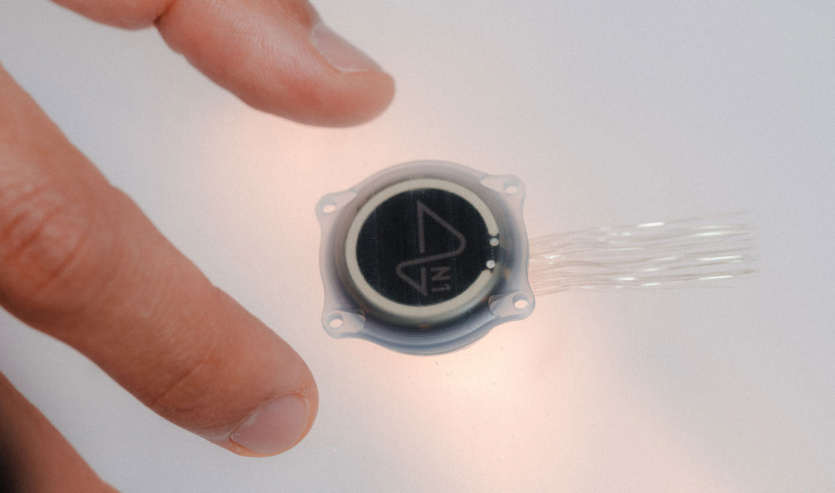
Neural revolution: Elon Musk’s company implanted the first wireless implant in the human brain to control gadgets
According to the billionaire, Neuralink's first product is called Telepathy and will allow people to control a phone or computer with the power of thought.
“The first person to receive a Neuralink implant. Recovery is going well,” Musk wrote.
The first human received an implant from @Neuralink yesterday and is recovering well.
Initial results show promising neuron spike detection.
– Elon Musk (@elonmusk) January 29, 2024
The first test should help the company perfect the design and functionality of the device. Neuralink recently said that it has planned 11 operations for this year, although its forecasts were even more optimistic earlier.
Typically, such studies involve 5-10 patients and last up to a year. Next, the company has to draw up a feasibility study and then conduct a baseline study, which is almost similar to a Phase III study for a drug (determining the dosage and side effects with testing on dozens or hundreds of patients).
If everything goes according to plan, the commercialization of the Neuralink device can be expected in 5-10 years. Meanwhile, Musk’s biographical book said that the company plans to operate on more than 20 thousand people. people by 2030.
How did Neuralink start?
Neuralink is a startup founded by Elon Musk in 2017 that is trying to create a brain-computer interface and help people with injuries control phones and PCs using the “power of thoughts.”
In 2019, Musk announced that Neuralink had implanted a chip in the head of a monkey, which was then “able to control a computer.” Since then, the company has been regularly publishing videos of monkeys allegedly playing video games or typing text with the power of thought. The technology was also tested on pigs.

Neuralink’s technology is based on decades of research into implanting electrodes into the human brain to interpret signals and treat conditions such as paralysis, epilepsy, and Parkinson’s disease. One of the earliest devices, known as the Utah array, was first demonstrated on humans in 2004. Some of Neuralink’s competitors, such as the startup Synchron, offer an alternative method of implanting the chip through blood vessels.
Investigations and fines
Last year, the U.S. Food and Drug Administration finally approved Neuralink to conduct a human clinical trial. Prior to that, the company tested the technology on animals, and repeatedly faced criticism from both animal rights activists and the Physicians Committee for Responsible Medicine.
There were also questions about the transportation of potentially hazardous materials – the US Department of Transportation initiated an investigation and eventually fined the company.
How does the Neuralink chip differ from competitors’ products?
Now known as Telepathy, the Neuralink device contains more than 1000 electrodes (much more than other implants) and targets individual neurons (many other devices under development target signals from groups of neurons), which should provide a higher degree of signal detection accuracy.

The chip and electrodes are implanted into the patient’s brain with the help of a specially designed robot surgeon, and wireless communication ensures that brain signals are sent to a special Neuralink program that decodes them into actions and intentions. You can also recharge the device wirelessly.
What is the goal of Neuralink and Musk?
To begin with, Neuralink wants to help paralyzed people, and later the device will be used by people with hearing and vision loss.
In his announcements, Musk expresses quite ambitious goals, such as the idea that the implant will one day help people “merge” with artificial intelligence.

